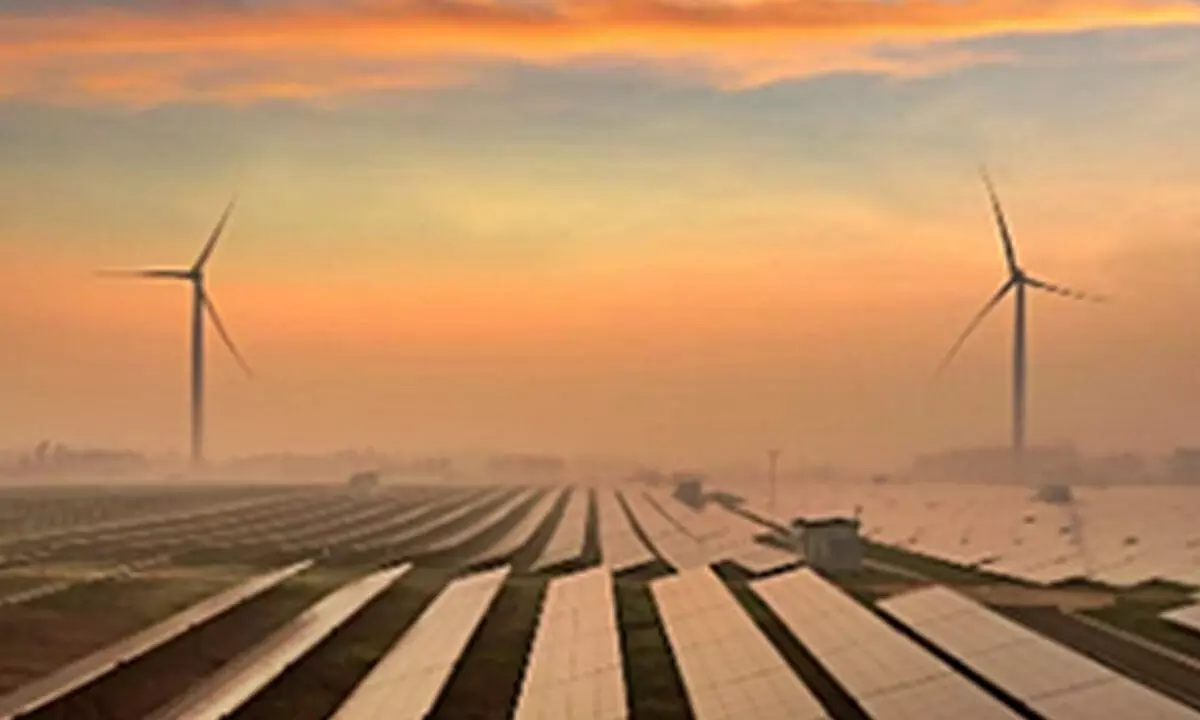Existing technologies can halve Australia's emissions by 2030: Report
Share :

Existing technologies will enable Australia to halve its greenhouse gas emissions from 2020 levels by 2030, a fresh report revealed on Friday.
Canberra: Existing technologies will enable Australia to halve its greenhouse gas emissions from 2020 levels by 2030, a fresh report revealed on Friday.
According to the report, which was published by the Commonwealth Scientific and Industrial Research Organisation (CSIRO), that under a rapid decarbonisation scenario Australia could reduce emissions by 52 per cent from 2020 levels by 2030 without relying on technological advancements, reports Xinhua news agency.
The report charts key milestones Australia must hit in 10-year timesteps in order for the country to achieve net zero emissions by 2050 and help limit global warming to 1.5 degrees Celsius above pre-industrial levels.
It warns that technologies currently in early development will need to be in widespread use in the 2030s and 2040s to help decarbonise sectors where emissions prove hard to abate, with investment costs to be substantial.
"Pressure is mounting for business to speed up its efforts towards net zero and lead the way for the rest of the country. How to move faster to deliver a cleaner, sustainable and strong economy is the question on every business leader's mind," Peter Mayfield, the CSIRO's Executive Director of Environment, Energy and Resources, said in a statement.
"This work will help business find a rapid and achievable pathway to net zero appropriate to their sector - guiding investment to mitigate climate change, reinventing industries of old, and creating new jobs in emerging industries."
The report forecasts that Australia's effort to reduce emissions will be led by decarbonising the electricity sector.
The Australian government has set a goal of 82 per cent of national electricity coming from renewable sources by 2030.
In order for renewables to make up 90 per cent of the electricity generation mix by 2030, the CSIRO report said that almost all new generation capacity installed in the intervening period would need to be renewable and supported by greater storage capacity.
